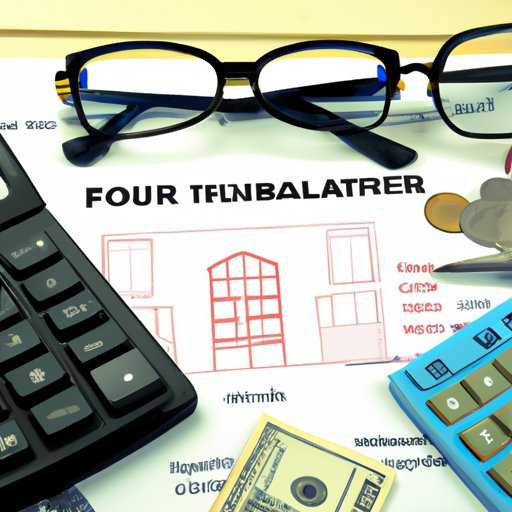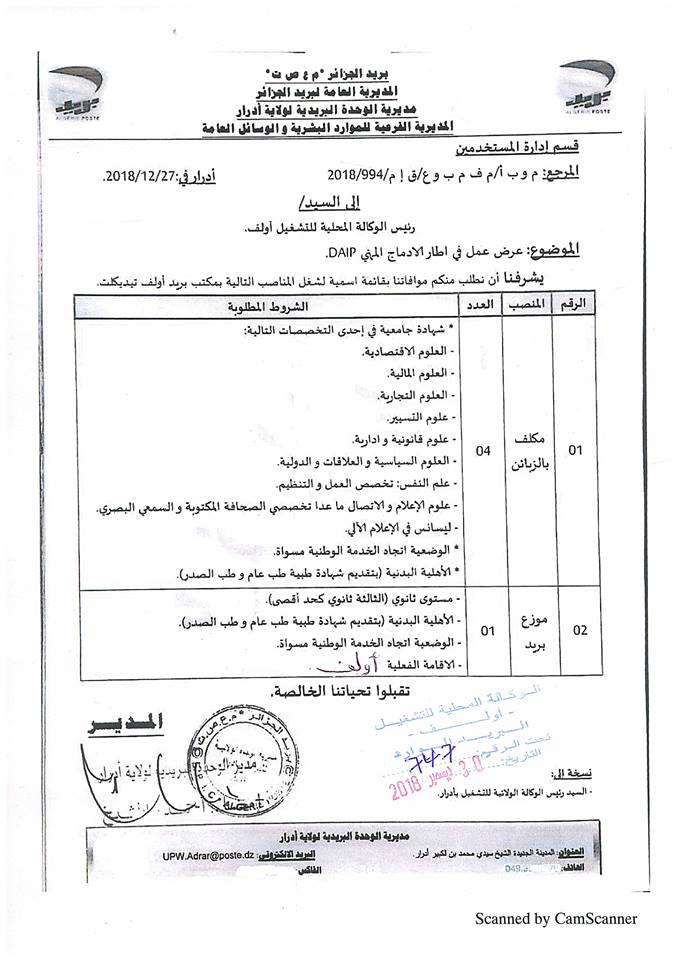How Much To Spend On A Watch: Factors To Consider

Table of Contents
Defining Your Budget for a Watch
Before embarking on your watch-buying journey, setting a realistic budget is paramount. This prevents impulse purchases and ensures you find a timepiece that aligns with your financial comfort.
Understanding Your Spending Limits
Determining how much to spend on a watch requires honest self-assessment. Consider your overall financial situation and spending priorities. Watches fall into broad price categories:
-
Budget-friendly (<$200): These watches offer good value for everyday use, often prioritizing functionality over luxury materials.
-
Mid-range ($200-$1000): This segment offers a wider selection of styles, materials, and features, including many well-regarded brands.
-
Luxury ($1000+): This category encompasses high-end brands, premium materials (like gold or platinum), intricate movements, and superior craftsmanship.
-
Consider your overall financial situation and spending priorities. Don't overextend yourself financially.
-
Set a maximum price you're comfortable paying. This prevents buyer's remorse later.
-
Explore different payment options if needed (financing, saving plans). Responsible financing can make a luxury purchase more attainable.
Allocating Funds Based on Usage
The purpose of your watch influences how much you should spend.
- Daily wear: A durable, everyday watch might justify a more modest investment. Prioritize robustness and functionality over intricate designs.
- Special occasion watches: For formal events or special celebrations, you might be willing to invest more in an elegant, prestigious timepiece.
- Investment watches: Some watches appreciate in value over time. Researching potential appreciation is key before making a significant investment in a collectible or limited-edition piece.
Essential Features and Desired Functionality
Knowing what features you need is crucial in deciding how much to spend on a watch.
Prioritizing Functionality
Identify your essential watch functions. These influence price significantly.
- Water resistance: Essential for divers, swimmers, or those frequently exposed to water. Higher water resistance ratings increase cost.
- Chronograph: Useful for athletes, professionals, or anyone needing precise timing capabilities.
- Date display: A common feature, but the complexity of the date mechanism can affect price.
- Smart watch features: Smartwatches offer connected features but come with a different price point than traditional mechanical watches.
Style and Aesthetics
Personal preferences heavily impact watch choice and cost.
-
Classic designs: These often feature simple, elegant aesthetics and can be found across various price points.
-
Sporty styles: These usually incorporate durable materials and functionalities suited for active lifestyles.
-
Minimalist watches: Simple designs with a focus on clean lines often feature a more affordable price tag.
-
Different materials (stainless steel, titanium, gold) affect price significantly. Gold, for example, commands a much higher price than stainless steel.
-
Brand recognition and prestige impact cost. Established brands often have higher price points.
Brand Reputation and Quality of Materials
Brand reputation and material quality are intertwined with a watch's price.
The Value of Established Brands
Established watch brands command higher prices due to their:
-
History and heritage: Brands with a long history of craftsmanship often hold significant value.
-
Craftsmanship and precision: High-quality movements and meticulous construction are hallmarks of prestige brands.
-
Innovation and technology: Brands that consistently push boundaries in horological innovation often justify a higher price tag.
-
Luxury brands (Rolex, Omega, Patek Philippe) typically have significantly higher price points.
-
Swiss-made movements are generally more expensive than those from other countries. This reflects the high standards and precision associated with Swiss watchmaking.
Material Impact on Price
The materials used significantly affect a watch's price and durability.
-
Stainless steel: A durable and affordable option for everyday wear.
-
Titanium: Lighter and more resistant to corrosion than steel, but more expensive.
-
Gold: A luxurious and highly valuable material, commanding a premium price.
-
Leather straps: Offer a classic look but require occasional maintenance and replacement.
-
Rubber straps: Durable and water-resistant, typically more affordable.
-
Material quality impacts longevity and overall value. Higher-quality materials are more resistant to wear and tear.
-
The combination of materials influences the price. A gold case and leather strap will be significantly more expensive than a stainless steel case and rubber strap.
Where to Buy Your Watch and Potential Savings
Choosing where to buy impacts both price and risk.
Authorized Dealers vs. Grey Market
- Authorized dealers: Offer warranties, authenticity guarantees, and access to the latest models. Prices are generally higher.
- Grey market: May offer lower prices but carries risks regarding authenticity and warranty coverage. Thorough research and caution are crucial.
Sales, Promotions, and Deals
Saving money on a watch is possible:
- Look for seasonal sales and promotions. Many retailers offer discounts during holidays or special events.
- Check online marketplaces and auction sites for deals. Be cautious about counterfeit products.
- Consider pre-owned or vintage watches. These can offer excellent value if purchased from reputable sellers.
Conclusion
Determining how much to spend on a watch requires careful consideration of your budget, desired features, brand reputation, material quality, and purchasing location. By weighing these factors, you can make an informed decision and find the perfect timepiece to suit your needs and style. Now that you understand the key factors influencing the cost of a watch, you can confidently determine how much to spend on a watch that perfectly suits your needs and style. Start your search today!

Featured Posts
-
 Alkhtwt Aljwyt Aljzayryt Khttha Altmwht Llwswl Ila Alryadt Fy Afryqya
May 27, 2025
Alkhtwt Aljwyt Aljzayryt Khttha Altmwht Llwswl Ila Alryadt Fy Afryqya
May 27, 2025 -
 Swiss Mountain Tragedy Five Skiers Found Dead
May 27, 2025
Swiss Mountain Tragedy Five Skiers Found Dead
May 27, 2025 -
 Zelenskiy I Tramp Razdrazhenie Trampa Putinym Glubzhe Chem Kazhetsya
May 27, 2025
Zelenskiy I Tramp Razdrazhenie Trampa Putinym Glubzhe Chem Kazhetsya
May 27, 2025 -
 Msabqt Twzyf Bryd Aljzayr Albyan Alrsmy Wkhtwat Almwalyt Llmrshhyn Almqbwlyn
May 27, 2025
Msabqt Twzyf Bryd Aljzayr Albyan Alrsmy Wkhtwat Almwalyt Llmrshhyn Almqbwlyn
May 27, 2025 -
 Soleil Et Succes Pour L Usma A Migne Auxances
May 27, 2025
Soleil Et Succes Pour L Usma A Migne Auxances
May 27, 2025
